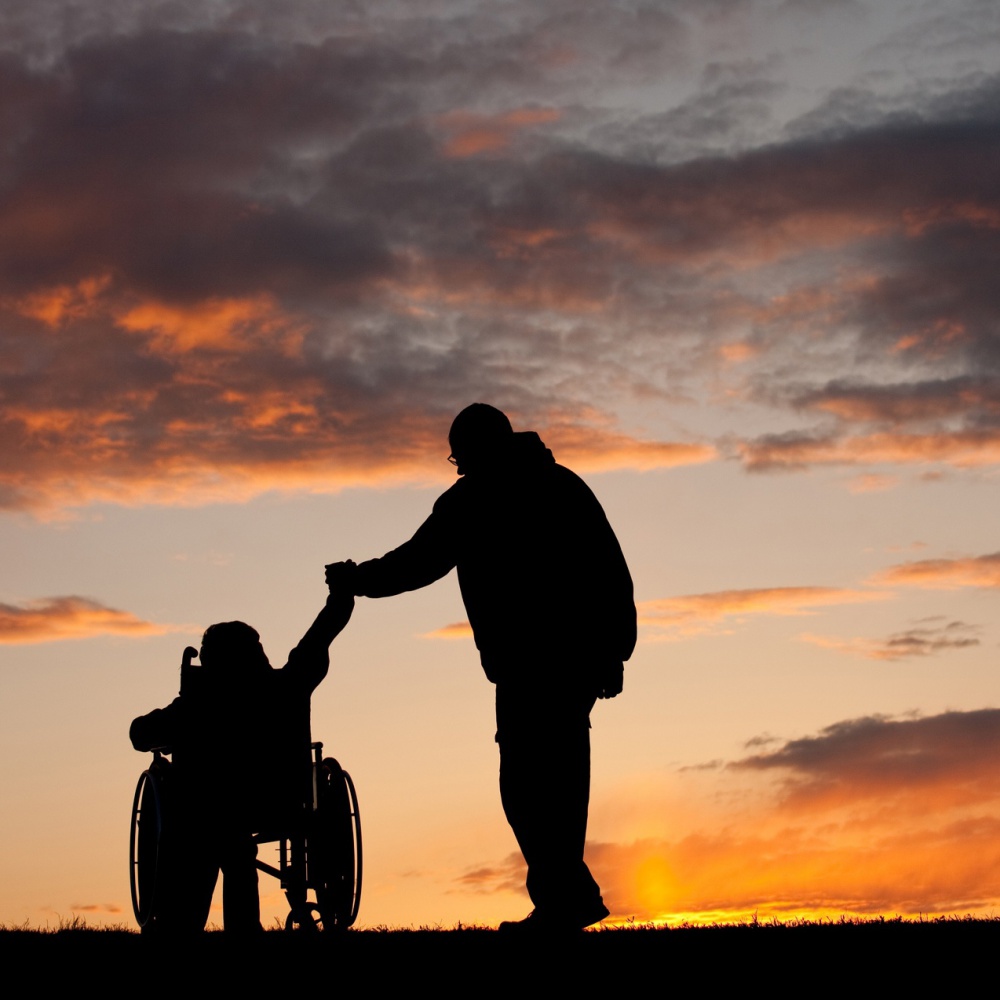INTERNATIONAL DAY OF DISABLED PERSONS
Every year December 3, the world celebrates the International Day of Persons with Disabilities, or the International Day of People with Disabilities. Today, more than 1 billion people in the world have some form of disability, of whom over 100 million are children.
Globally, approximately 15% of the world's population has some form of disability and all face physical, socio-economic and behavioral barriers that exclude them from full, effective and equal participation in society.
Childhood disability is not only an important health and social problem, but also an economic problem, as it entails a large economic loss to society and reduces the economic reserve.
The group of people with disabilities includes people with genodermatoses.
What are genodermatoses? Genodermatoses are inherited skin diseases that are caused by a person's genes. They store information that is translated into skin structures containing proteins, namely keratin, collagen, laminin and integrin, which provide integrity and stability to the skin. When genetic breakdowns occur, these structures cease to fulfill their binding function, resulting in the skin losing its integrity and becoming fragile.
Congenital bullous epidermolysis is one of the most severe types of dermatoses of this group, representing a lifelong problem that cannot be got rid of at will, with the help of expensive treatment or foreign doctors. This disease has a strong psychological impact on the patient: the presence of visible skin changes and frequent visits to hospitals can affect the social, educational and professional life of the person, significantly reducing its quality. Not always correct reactions of strangers can also have an impact.
Life expectancy in epidermolysis bullosa depends on the form of the disease, quality of skin care, prevention of extracutaneous manifestations, quality of medical care and annual check-ups. If these conditions are met, patients can live a full and quality life. In such cases, the life expectancy is close to that of people without health conditions.
What is involved in alleviating the symptoms of BE:
Symptomatic treatment is essential for people with BE. It usually includes daily care of unaffected skin, skin with blisters and wounds, and pain relief.
Patients with more severe types of BE require additional treatments, including iron supplements, red blood cell transfusions and albumin, a protein that is in great shortage in these patients. It is on its amount in the body depends on the speed of healing of the skin, including after surgical interventions. Blisters affect the mucosa and heal only through the formation of a scar, which narrows the lumen of the organ or limits its function. Surgical operations make it possible to release the fused fingers and open the esophagus for normal food intake.
Since 2011, the problem of children with such a diagnosis has been given more serious attention, because an organization supporting this initiative has appeared. This is the charity fund "Children-Butterflies" - the only organization in Russia specializing in medical and social assistance to patients with rare (orphan) diseases - epidermolysis bullosa and ichthyosis since 2011.
In recent years, Tajikistan has also seen the launch of the Kudakon-Shaparakkho project, which is part of the Russian charity foundation Children of Butterflies, which provides comprehensive assistance to children with epidermolysis bullosa. According to the representatives of the Foundation, more than 90 patients with epidermolysis bullosa have been identified in the Republic of Tajikistan, to whom the Foundation constantly provides material assistance and necessary medicines for treatment. The main objective of this cooperation is to establish a system of medical care for butterfly children in Tajikistan, as it has already been implemented in Russia and other CIS countries.
he Kudakon-Shaparakho project of the Russian charitable foundation "Butterfly Children" has significantly increased public attention to sick butterfly children. The Foundation provides medical, material, informational, psychological and legal assistance. It trains doctors, publishes medical literature on epidermolysis bullosa, actively cooperates with pharmaceutical companies to analyze and select medications and care products for patients with EB. The Foundation's medical team - leading specialists on EB in Russia - conducts training seminars for regional doctors and speaks at dermatology conferences. In other words, active participation of the whole society in solving the problem of disability of children with congenital epidermolysis bullosa can provide them with a full-fledged way of life. And although it is not a simple task, but with common efforts it is quite achievable.
Valieva M.S., c.m.s., associate professor
department of dermatovenerology
translated Ismoilov R.

